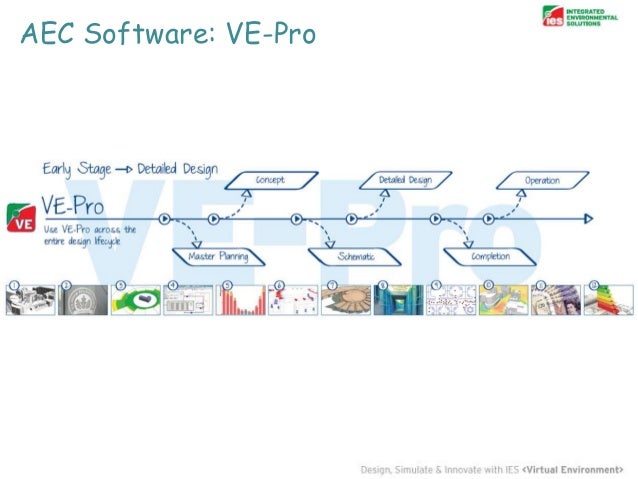

In classical art Gaia was represented in one of two ways. His son by Elara, the giant Tityos, is therefore sometimes said to be a son of Gaia, the earth goddess.

Zeus hid Elara, one of his lovers, from Hera by stowing her under the earth.

According to the mythographer Apollodorus, Gaia and Tartarus were the parents of Echidna. Gaia hands her newborn, Erichthonius, to Athena as Hephaestus watches – an Attic red-figure stamnos, 470–460 BC Other sources Īccording to Hyginus, Earth (Gaia), along with Heaven and Sea, were the children of Aether and Day ( Hemera). But afterwards, Gaia, in union with Tartarus, bore the youngest of her sons Typhon, who would be the last challenge to the authority of Zeus. With the help of Gaia's advice, Zeus defeated the Titans. When Zeus was born, Rhea gave Cronus a stone wrapped in swaddling-clothes in his place, which Cronus swallowed, and Gaia took the child into her care. But when Rhea was pregnant with her youngest child, Zeus, she sought help from Gaia and Uranus. Titanomachy īecause Cronus had learned from Gaia and Uranus that he was destined to be overthrown by one of his children, he swallowed each of the children born to him by his Titan older sister, Rhea.

īy her son, Pontus, Gaia bore the sea-deities Nereus, Thaumas, Phorcys, Ceto, and Eurybia. From the testicles of Uranus in the sea came forth Aphrodite. From Uranus' spilled blood, Gaia produced the Erinyes, the Giants, and the Meliae (ash-tree nymphs). And Cronus used the sickle to castrate his father Uranus as he approached his mother, Gaia, to have sex with her. She created a grey flint (or adamantine) sickle. As each of the Cyclopes and Hecatonchires were born, Uranus hid them in a secret place within Gaia, causing her great pain. Other offspring and the castration of Uranus Īccording to Hesiod, Gaia conceived further offspring with her son, Uranus, first the giant one-eyed Cyclopes: Brontes ("Thunder"), Steropes ("Lightning"), and Arges ("Bright") then the Hecatonchires: Cottus, Briareos, and Gyges, each with a hundred arms and fifty heads. After them was born Cronos ( Cronus) the wily, youngest and most terrible of her children, and he hated his lusty sire. She lay with Heaven and bore deep-swirling Oceanus, Coeus and Crius and Hyperion and Iapetus, Theia and Rhea, Themis, and Mnemosyne and gold-crowned Phoebe and lovely Tethys. Īfterwards with Uranus, her son, she gave birth to the Titans, as Hesiod tells it: Gaia also bore the Ourea (Mountains), and Pontus (Sea), "without sweet union of love" (i.e., with no father). Hesiod goes on to say that Gaia brought forth her equal Uranus (Heaven, Sky) to "cover her on every side". And after Gaia came "dim Tartarus in the depth of the wide-pathed Earth", and next Eros the god of love. Hesiod's Theogony tells how, after Chaos, "wide-bosomed" Gaia (Earth) arose to be the everlasting seat of the immortals who possess Olympus above. Mythology Hesiod Birth of Gaia, Uranus, and the Titans In Mycenean Greek Ma-ka (transliterated as Ma-ga, "Mother Gaia") also contains the root ga. The Greek name Γαῖα ( Gaia Ancient Greek: or )) is a mostly epic, collateral form of Attic Γῆ ( Gē ), and Doric Γᾶ ( Ga ), perhaps identical to Δᾶ ( Da ), both meaning " Earth".


 0 kommentar(er)
0 kommentar(er)
